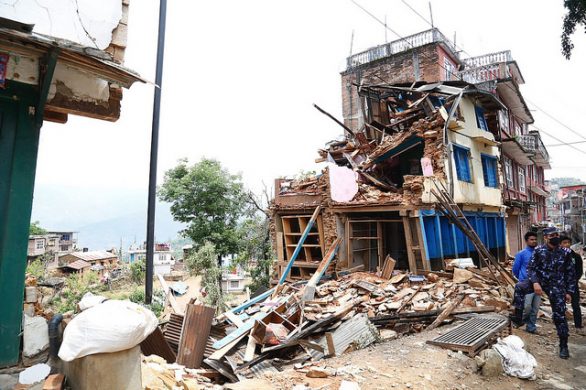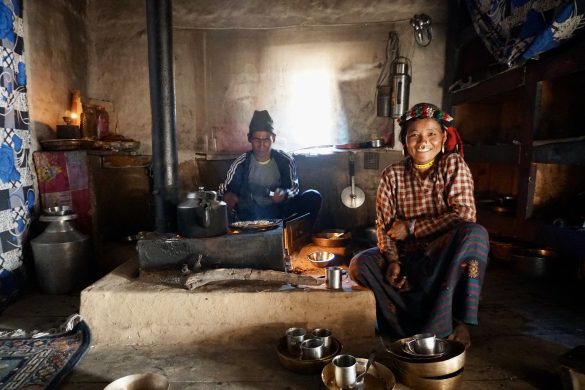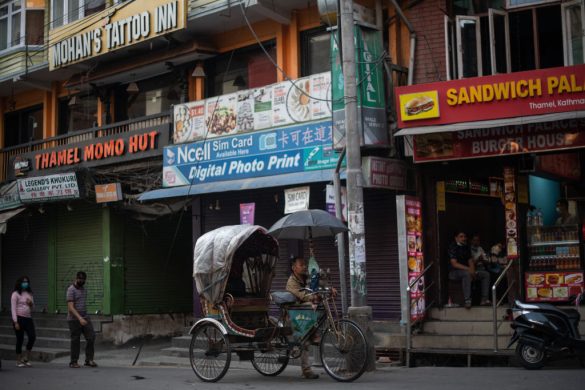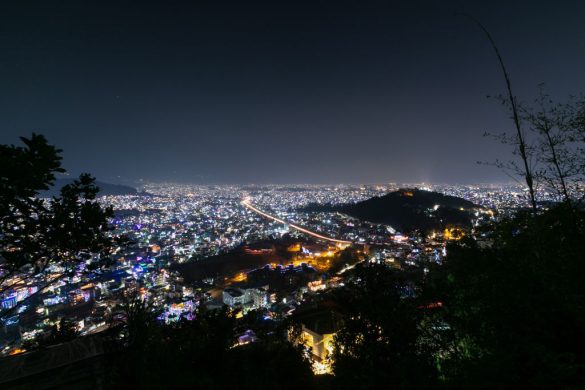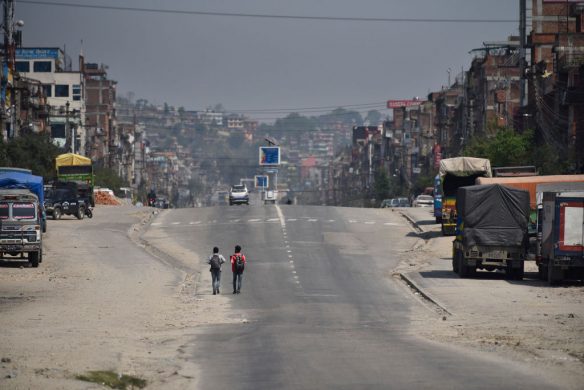KATHMANDU, 13 May 2015 (WHO): The earthquakes and the continuing aftershocks in Nepal highlight the importance of the efforts the Ministry of Health and Population and WHO have had in place for more than a decade to ensure key hospitals, health facilities and health workers would be ready and able to function well in an emergency or natural disaster.
The first earthquake on 25 April measuring 7.8 on the Richter scale and the second on 12 May measuring 7.3 failed to disrupt services at Kathmandu’s largest public hospitals, including Tribhuvan University Teaching Hospital (TUTH), Patan Hospital, Civil Service Hospital, Birendra Army Hospital and the trauma centre at Bir Hospital.
As of today, more than 8200 people are reported to have been killed in the earthquakes and over 19,000 injured.
Investeringerne har betalt sig
In Nepal, hospital retrofitting, which involves everything from repairing cracks in walls to installing seismic belts and roof bracing, has been a core part of preparedness plans.
“Retrofitting meant that when the earthquakes struck the hospitals did not collapse,” said Dr Roderico Ofrin, WHO’s Health Response Leader. “ It is clear that the investment in time and resources paid off.”
Læs også: Jordskælvet i Nepal – en forventet katastrofe
In more than 15 years, WHO has supported Nepal’s Ministry of Health and Population to prepare health facilities in the Himalayan country that sits on a fault zone. In 2009, WHO focussed global attention to the need for safe health facilities in emergencies through its World Health Day campaign.
The campaign underscored the need to build strong health systems able to provide medical care in times of disaster and emergency – an aim which the organization has long been supporting with both technical and material support.
“These hospitals that are standing and were retrofitted went through a process of prioritization. Emergency rooms, maternity wards, and operating theatres were some of the first areas retrofitting was applied,” said Ofrin.
Opgradering af personalet lige så vigtigt
Still, retrofitting alone does not ensure an adequate health-care response in times of disaster. Capacity building and staff training is equally important.
Dr Pradeep Vaidya, director of TUTH’s Trauma Centre and coordinator for the WHO-supported Hospital Preparedness for Emergency Programme, says the response to the earthquake by health care providers was resilient because of pre-planning and training initiatives.
“The most helpful part during the earthquake response was the hospital emergency preparedness plan. People knew what to do, where to meet and how things will flow when the earthquake happened,” he said. “The roster management system worked well.”
Training in triage management has been an ongoing aspect of WHO’s working Nepal, putting into practice its guidelines and strategies in mass casualty management systems, released in 2007.
Because of the training, when large number of injured patients began to arrive, the emergency responders could quickly prioritize the injuries and save lives.
Though the devastation caused by the earthquakes is enormous, the strength of the retrofitted health facilities and the quick response of the health workers show that investment in preparedness pays off.

